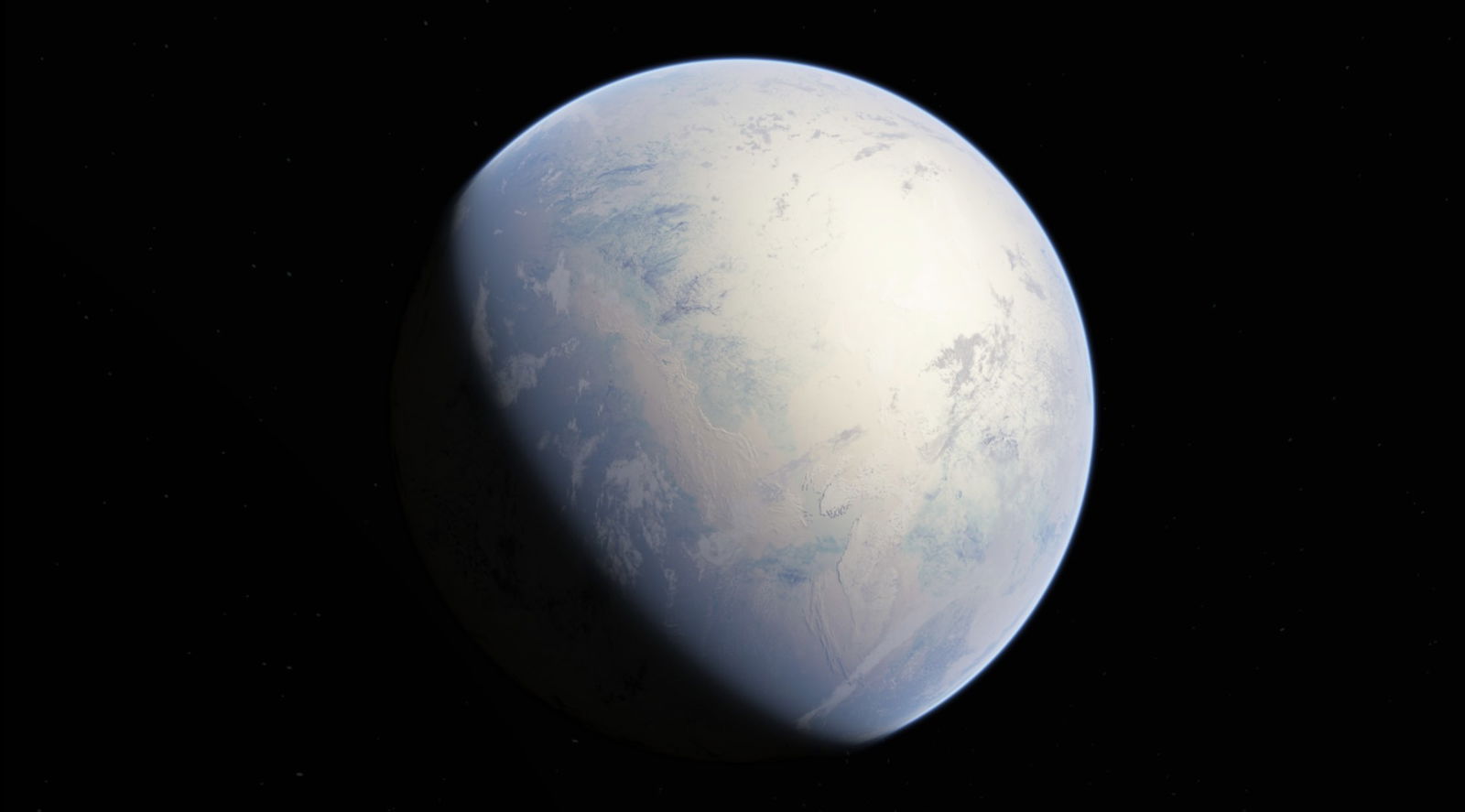A recent study by Colorado geologists adds weight to the Snowball Earth hypothesis, providing what may be the best evidence yet of our planet’s a frozen past.
While Earth may currently be facing shrinking glaciers, hundreds of millions of years ago the situation was quite different. The University of Colorado at Boulder scientists present new evidence that Earth was once a giant snowball, a position that states ancient glaciers stretched from the poles all the way to the equator.
Our Snowball Earth
The Snowball Earth hypothesis suggests that between 720 and 635 million years ago, a runaway climate effect caused global temperatures to plummet, covering the planet in miles-thick ice. Under these conditions, liquid water would have existed only beneath the ice, similar to how Saturn’s moon Titan appears today.
“You have the climate evolving, and you have life evolving with it. All of these things happened during Snowball Earth upheaval,” said Liam Courtney-Davis, the study’s lead author. “We have to better characterize this entire time period to understand how we and the planet evolved together.”
The concept was first introduced in a 1992 paper by American geologist Joseph Kirschvink. Despite decades of research, the scientific community remains divided on whether Earth’s surface was ever fully frozen. While there is substantial evidence of ancient glacial activity in some areas, proving global ice coverage has been challenging.
During this period, present-day landmasses were located differently; Colorado, for instance, would have been near the equator as part of the Laurentia supercontinent. Evidence of glaciers in equatorial Colorado would be a significant clue supporting the Snowball Earth hypothesis.
“This study presents the first physical evidence that Snowball Earth reached the heart of continents at the equator,” Courtney-Davis said.
Evidence of an Ancient Ice World in the Rocky Mountains
The team’s research focused on Colorado’s Rocky Mountains, particularly around Pike’s Peak. This area contains unique rock formations known as Tavakaiv sandstones, or “Tava,” which are narrow bands of sandstone ranging from an inch to several feet wide. Using laser ablation mass spectrometry, the researchers dated these rocks, finding that they had been pushed beneath the Earth’s surface between 690 and 660 million years ago—well within the Snowball Earth period. The immense pressure needed to submerge the rocks suggests the presence of a massive glacier.
“These are classic geological features called injectites that often form below some ice sheets, including in modern-day Antarctica,” explained Courtney-Davis.
“We’re excited that we had the opportunity to unravel the story of the only Snowball Earth deposits that have so far been identified in Colorado,” Co-author Rebecca Flowers added.
Examining the Tava Stones
The initial findings offered promising but circumstantial evidence for equatorial ice. To strengthen their case, the team analyzed mineral veins that cut through the sandstone. They collected iron oxide-rich samples and used a laser to extract tiny amounts of uranium. Because uranium decays at a very stable rate, it is ideal for dating ancient materials.
The uranium dates matched those of the sandstone deposits, indicating that the entire region was subjected to immense pressure during the snowball Earth period. The team concluded that glacial weight best explains this geological compression. While Colorado would have sat at a crucial latitude for proving an ice-coated Earth, these results are only a first step. The team hopes that other groups across the globe will take up their work and seek further evidence of glacially impacted landscapes from the period.
“We want to get the word out so that others try and find these features and help us build a more complete picture of Snowball Earth,” Courtney-Davis said.
The paper, “Hematite U-Pb Dating of Snowball Earth Meltwater Events,” appeared in the Proceedings of the National Academy of Sciences on November 11, 2024.
Ryan Whalen covers science and technology for The Debrief. He holds a BA in History and a Master of Library and Information Science with a certificate in Data Science. He can be contacted at ryan@thedebrief.org, and follow him on Twitter @mdntwvlf.

